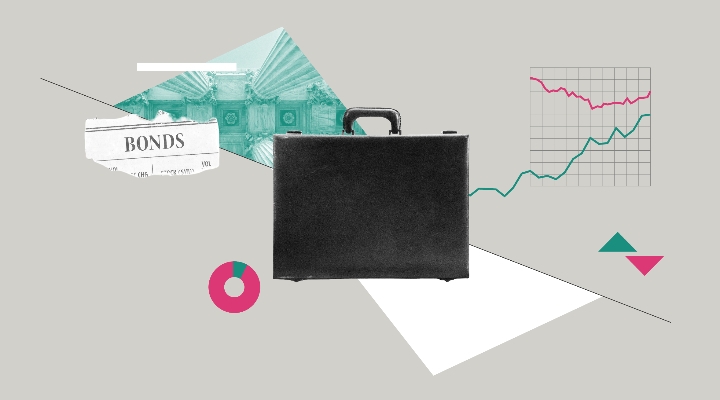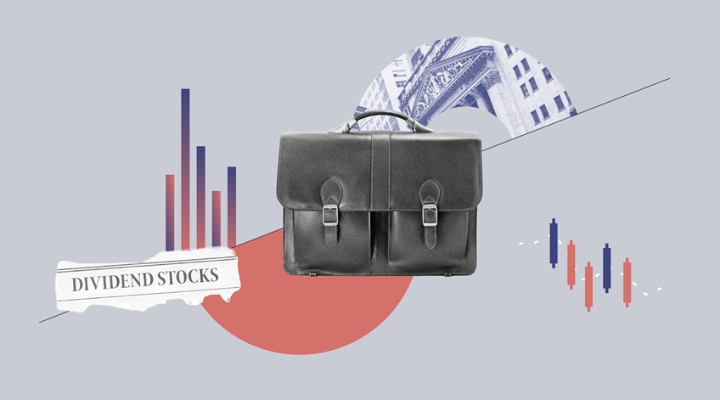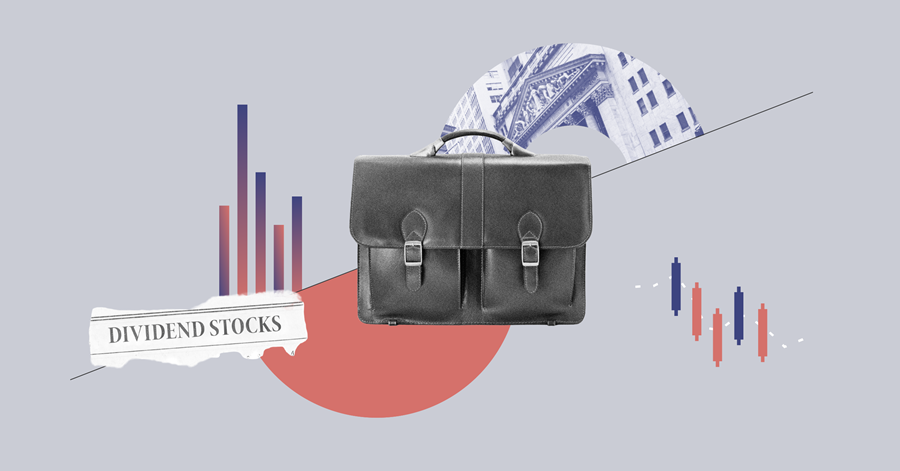Valerio Baselli: Hello and welcome to Morningstar. Rising global bond yields continue to channel interest and demand into bond funds. In such a landscape, investors hungry for income also look at high-yield bonds. But what is the outlook for this asset class in 2024? And what are the risks? To answer those questions, today I'm joined by Tim Crawmer, Global Credit Strategist at Payden & Rygel.
So, Tim, high-yield bonds performed very well in 2023. Do you think such performance will be difficult to replicate in 2024? And overall, what is your outlook for the short to medium term?
Tim Crawmer: Sure. In 2023, we saw stellar returns in global high-yield in the 12% to 13% area in USD terms. That kind of performance is going to be extremely hard to replicate this year. However, there are a lot of good things going on within global high-yield. Companies have very strong fundamentals that are supported by strong global macroeconomic conditions. And there is a lot of demand for global high-yield bonds right now that is outstripping the amount of supply that is coming to market. This will support valuations and we think that you will get around a 5% to 7% type of return in 2024.
Baselli: When it comes to high-yield bonds, of course, bond-picking is very important. What is your investment process within the high-yield fixed income universe? And where do you see the best opportunities right now?
Crawmer: Sure. In the global high-yield universe, bond picking, as you pointed out, is extremely important. Here at Payden, we pride ourselves on doing extensive bottom-up fundamental analysis. This research is conducted by a very experienced analyst pool. And the one differentiating factor for us here is our analysts cover their sectors on a global basis. So, they cover US high-yield issuers, European high-yield issuers, and emerging market high-yield issuers in their sectors. This allows them to find the best relative value opportunities globally for our investment strategy.
And currently where we're seeing the best opportunities is in the banking sector. We found that a lot of the subordinated rated securities from the stronger systemically important banks globally are offering valuations that are attractive versus other high-yield issuers. A lot of that is due to the fact that people still have bad memories about what happened with Credit Suisse last year. And that has kept valuations on the cheap end, but we see opportunities there currently.
Baselli: Interesting. Finally, what are the main risks investors need to be aware of when investing in high-yield bonds, especially in this economic environment?
Crawmer: The main risks that we see out there is the fact that valuations reflect a lot of the good news currently. So, valuations reflect the strong positive technicals, the strong positive fundamentals, and dispersion is relatively low. However, borrowing costs have gone up significantly for high-yield issuers. So, this is going to have a negative impact on issuers because their cost of debt has gone up significantly. Where this will be felt the most, we think, is in the lower-quality part of the high-yield market. Specifically with companies that have over-levered their balance sheets, they were too aggressive borrowing debt with the expectation that rates wouldn't go up. And now that they have, they will have to face a reckoning and make sure that they can address those higher debt costs. So, making sure we avoid those names is paramount for our strategy going forward.
Baselli: Tim, thank you so much for your time. For Morningstar, I'm Valerio Baselli. Thanks for watching.





























